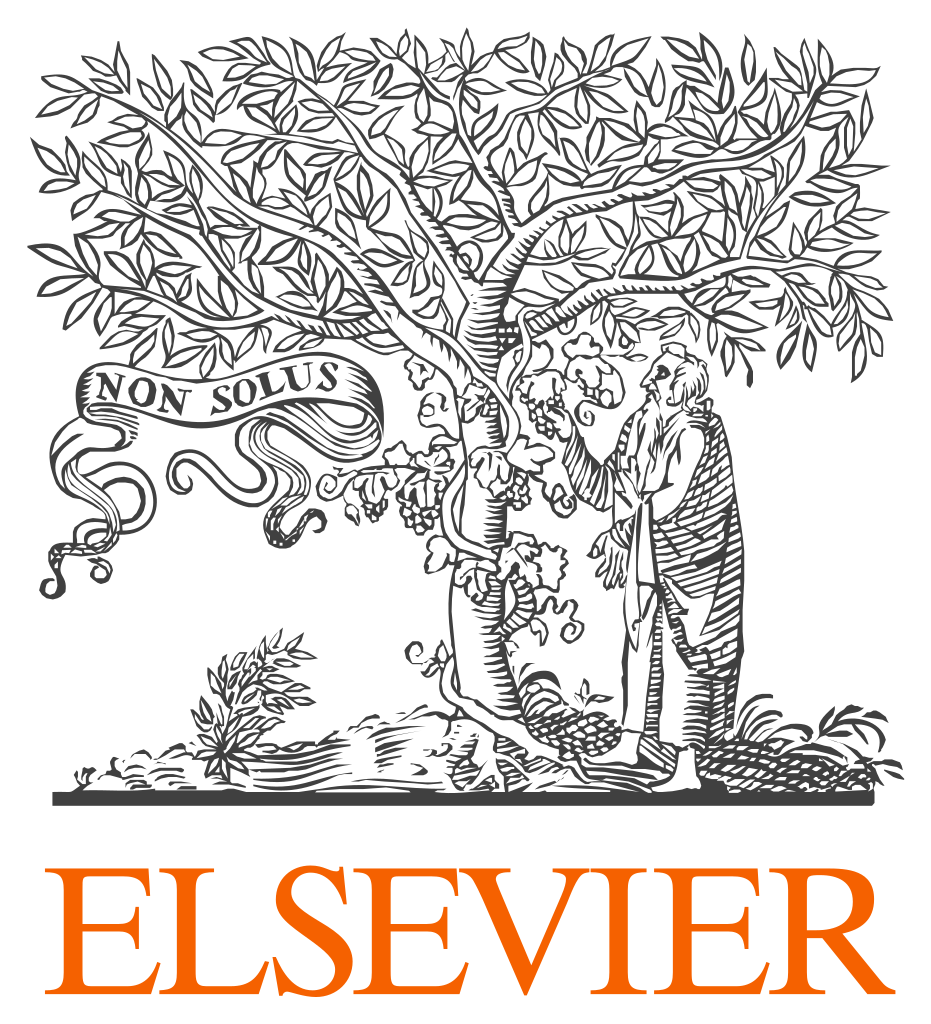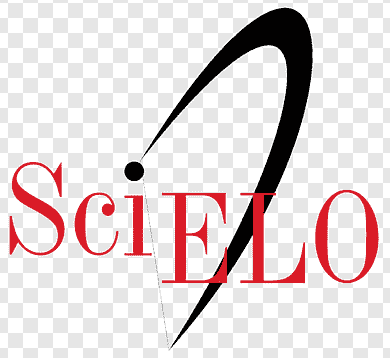Submissions
Submission Preparation Checklist
As part of the submission process, authors are required to check off their submission's compliance with all of the following items, and submissions may be returned to authors that do not adhere to these guidelines.- 12-point font, Times New Roman, double space, indent one tab at the beginning of each paragraph.
- Top and bottom margins of 2.5 cm and right and left margins of 3 cm. Articles submitted for publication should be between 20 and 35 pages, including bibliography, as well as any maps or illustrations. Book reviews should not exceed 7 pages. All pages must be numbered.
- The title of the text should appear on the first page, centered and in bold font. The next line, on the right margin, should include the name of the author(s) with a footnote at the bottom of the page that stipulates the author’s academic affiliation (institution and email). Please avoid providing other personal information beyond the first page so that the work can be reviewed impartially.
- After the name of the author(s), also on the first page, include an abstract of the article in fewer than 150 words and a list of no more than five key words.
- After the name of the author(s), also on the first page, include an abstract of the article in fewer than 150 words and a list of no more than five key words.
- The first time you use an acronym in your article include the entire title, but in subsequent references use only the abbreviation that you chose the first time you mentioned it in parenthesis.
- If you wish to use footnotes in your article they should be brief and indexed by numbers. Do not use asterisks or any other punctuation to indicate you are including a footnote.
Papers
1. Send an electronic copy of the article to: revistapeninsula@cephcis.unam.mx
2. Use 12-point font, Times New Roman, double space, indent one tab at the beginning of each paragraph.
3. Use top and bottom margins of 2.5 cm and right and left margins of 3 cm. Articles submitted for publication should be between 20 and 35 pages, including bibliography, as well as any maps or illustrations. Book reviews should not exceed 7 pages. All pages must be numbered.
4. The title of the text should appear on the first page, centered and in bold font. The next line, on the right margin, should include the name of the author(s) with a footnote at the bottom of the page that stipulates the author’s academic affiliation (institution and email). Please avoid providing other personal information beyond the first page so that the work can be reviewed impartially.
5. After the name of the author(s), also on the first page, include an abstract of the article in fewer than 150 words and a list of no more than five key words.
6. For works present in languages other than Spanish, the title of the work should be translated in Spanish, centered and in bold type.
7. After the title in Spanish, include your resumen of 150 words or less, with a list in Spanish of five key words.
8. The first time you use an acronym in your article include the entire title, but in subsequent references use only the abbreviation that you chose the first time you mentioned it in parenthesis.
9. If you wish to use footnotes in your article they should be brief and indexed by numbers. Do not use asterisks or any other punctuation to indicate you are including a footnote.
10. Quotes with an extension of fewer than five lines, in English or any other language, should be enclosed in quotation marks and integrated into the body of the text in the same type and size.
11. A quotation of five or more lines should be set off. The set off quotation is singled-spaced and takes no quotation marks, but leave an extra line space immediately before and after. Indent the entire quotation the same as you would the start of a new paragraph.
12. Bibliographical references of scientific journals, electronic resources, speeches and all other references should use the citation format suggested by The Chicago Manual of Style (Last name year, page). In the case of documents include the references in footnotes. If you repeat a reference in consecutive footnotes you can use the abbreviation ibid. Please do not use the abbreviations op. cit. or idem.
13. In the initial submission, artwork such as maps, illustrations, charts and images in the document can be sent in low resolution.
14. It is the author’s responsibility to obtain written permission for all the images included in their article once it has been accepted. Each image should be sent in high-resolution format tiff at 300 dpi, and under a separate file, i.e. “image 1,” “image 2.” It is the responsibility of each author to include high quality images ready for printing. (Note: our printed edition uses the cmyk color model; our inline edition uses rgb color format.)
15. At the end of the text references should be cited using the author-year model from The Chicago Manual of Style.
Reviews
1. Send an electronic copy of the article to: revistapeninsula@cephcis.unam.mx
2. Use 12-point font, Times New Roman, double space, indent one tab at the beginning of each paragraph.
3. Use top and bottom margins of 2.5 cm and right and left margins of 3 cm. Articles submitted for publication should be between 20 and 35 pages, including bibliography, as well as any maps or illustrations. Book reviews should not exceed 7 pages. All pages must be numbered.
4. The author's name and email address are placed at the end of the review, separated from it by a blank line.
Privacy Statement
The names and email addresses entered in this journal site will be used exclusively for the stated purposes of this journal and will not be made available for any other purpose or to any other party.


